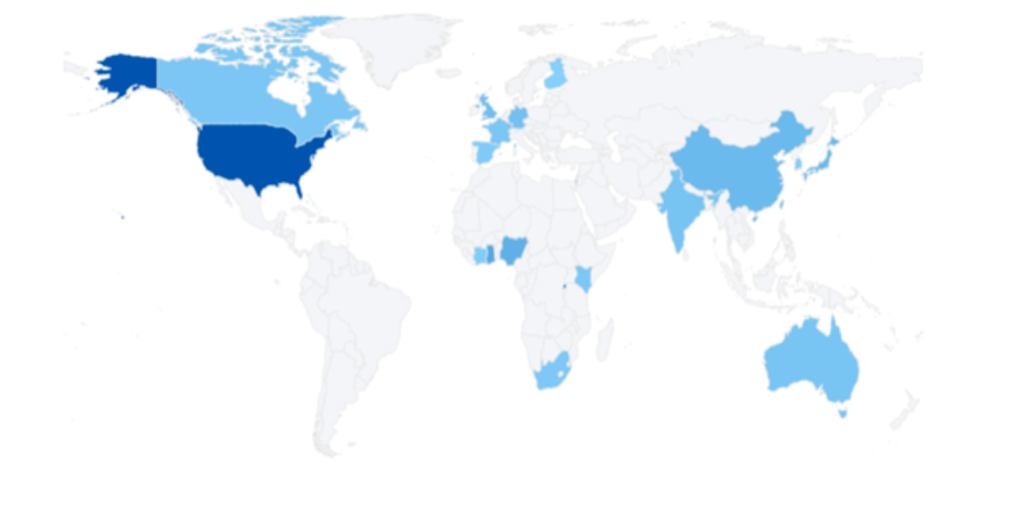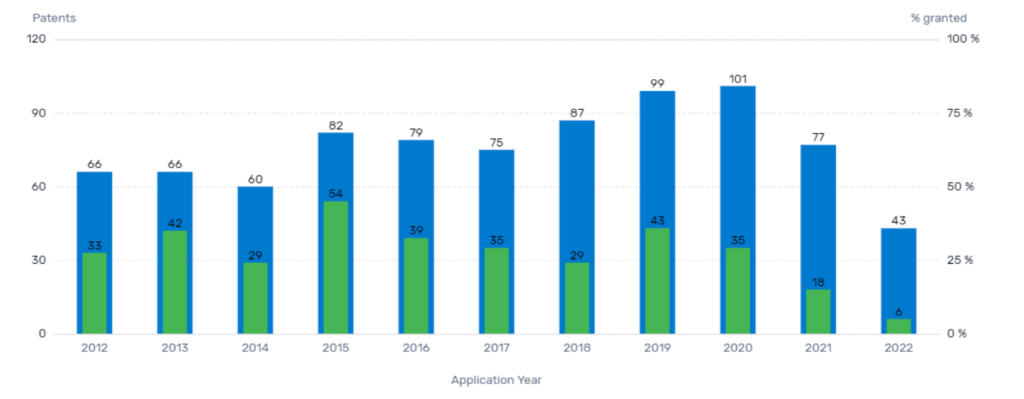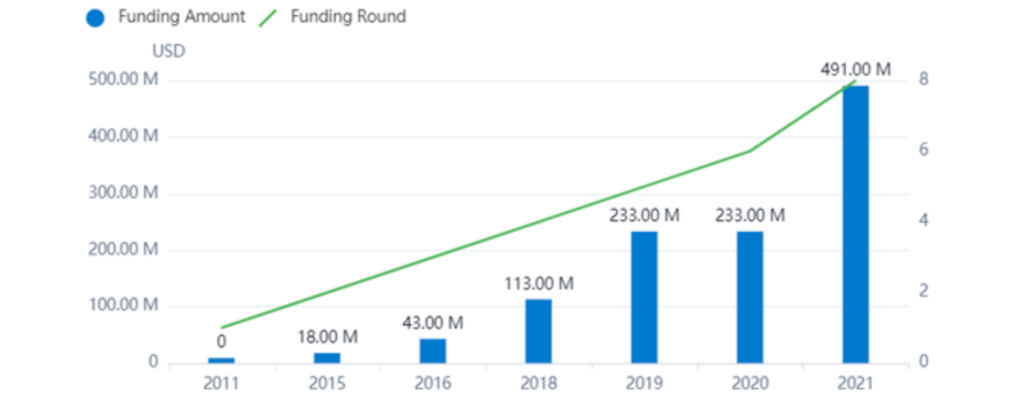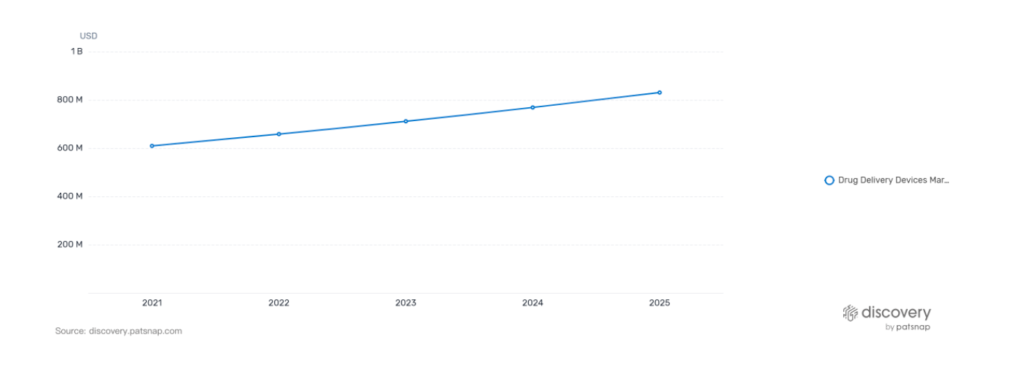Zipline’s Therapeutic Drone Delivery: Will this Unicorn Make Healthcare More Accessible?
Are drones the answer to improving healthcare accessibility? In this article, we’ll walk you through how Zipline, an autonomous on-demand delivery company, is transforming the medical delivery market.
According to the World Health Organization (WHO), nearly two billion people worldwide lack access to essential pharmaceutical products ranging from basic antibiotics to vaccines. Accessibility issues are directly correlated to poor infrastructure and inefficient supply chains. poor infrastructure and inefficient supply chains.
To solve this problem, forward-thinking innovators are testing drone drug delivery. Drones may bridge supply chain gaps and make the distribution of vaccines, blood, and other life-saving medical necessities possible.
Zipline, a California-based automated logistics company, is a rising unicorn disrupting this space. The company’s mission is “to solve the world’s most urgent and complex access challenges” and in doing so, it aims to provide every human being with quick access to vital medical supplies.
In this article, we’ll learn more about how Zipline is transforming the medical delivery market.
Zipline: Company Overview
Zipline maintains an impressive technology portfolio and has one of the fastest, most reliable drones available. In addition, Zipline also created the world’s largest autonomous logistics network, which allows the company to serve millions of people worldwide
Some of the company’s key work takes place across America and Africa. As the heatmap below illustrates, Zipline is gaining global traction.

Zipline’s new generation of drones can travel 160 km in a round trip, no matter the weather conditions. They can also deliver goods on demand, in about 30 minutes (depending on the location).
While drone delivery may break barriers related to supply chain issues and geographic location, it isn’t a perfect solution. The threat of collisions with infrastructure is real and must be addressed before drones become a viable, long-term delivery strategy. Innovators are looking to advanced location technology, which enables drones and human developments to synchronize, as a method to overcome this issue.
The chart below showcases the rising rate of granted and applied patents within the “location technology” space, indicating increasing interest.

Looking specifically at Zipline’s work in Ghana, the company completed more than 8.63 million commodities and medicine. What’s more, the company has reached 2,421 health facilities worldwide. These achievements are attractive to investors, who are actively funneling money into Zipline’s vision. Over the past three years, the company has raised $957 million to support further innovation and developments in this space.

The introduction of drones as medical delivery devices may prove to be a game-changer. Analysts predict that by 2025, the market will grow from its current value of $609 million to $830 million.
Our two cents? Keep an eye on this space.

Final Thoughts:
Zipline is one of many companies looking for novel ways to solve global issues related to healthcare accessibility. And it appears the company is on to something. By using drone delivery to reach vulnerable populations, Zipline may help combat preventable illnesses and increase the quality of care people receive around the world.
If you’re interested in keeping track of new developments in the drone space, or technology trends in general, try our Discovery platform for free. It provides you with instant access to billions of global data points including company news, M&A activity, VC investments, tech trends, and more! It provides you with instant access to billions of global data points including company news, M&A activity, VC investments, tech trends, and more!
Author Bio

William works as a Product Specialist at PatSnap, with a focus on the Discovery Platform. He is pursuing a bachelor’s degree in Business Management at the University of Brighton. In his spare time, William enjoys sports and reading novels.